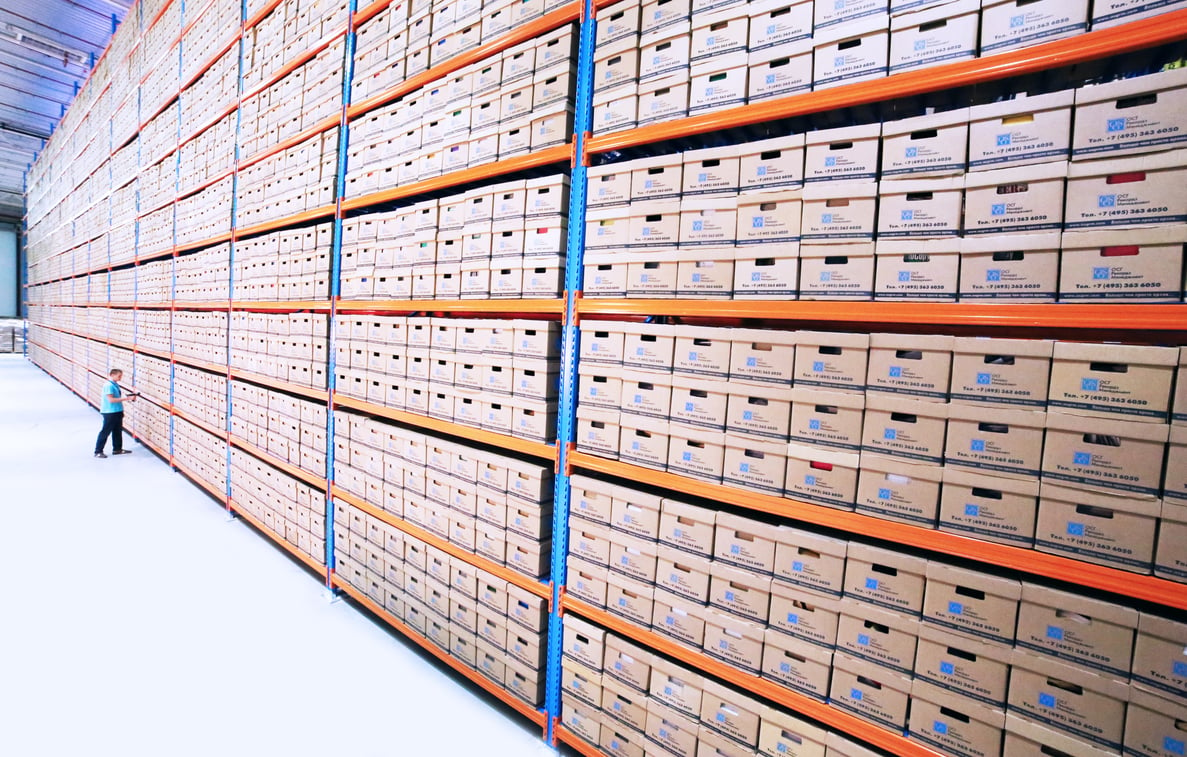Warehouse inventory management plays a pivotal role in business operations. Efficient inventory management ensures timely order fulfillment, reduces stock discrepancies, and boosts customer satisfaction. As technology continues to evolve, it has become an indispensable tool for revolutionizing warehouse inventory management.
The Role of Technology in Modern Warehouse Management
From simplifying processes to enhancing accuracy, technology has profoundly transformed warehouse operations. Advancements such as automation, real-time tracking, barcode scanning, predictive analysis, and artificial intelligence, have reshaped the landscape of warehouse inventory management, making it vastly more efficient and much less prone to mistakes.
The Power of Automation
Automation has emerged as a powerful tool in warehouse inventory management, reducing manual effort and human error. It automates repetitive tasks, such as order processing, inventory updates, and even picking and packing, improving productivity and efficiency. For instance, Amazon's automated warehouses use robotics to streamline picking and packing, enhancing speed and efficiency.
Real-Time Inventory Management
Real-time data plays a critical role in warehouse inventory management. It provides current inventory levels, enabling swift and informed decision-making. Modern technologies, such as cloud-based inventory management systems, facilitate real-time inventory tracking and management, providing instant visibility into stock levels across multiple warehouses.
Enhancing Accuracy with Barcode and RFID Technologies
Barcode and RFID (Radio Frequency Identification) technologies are invaluable tools for enhancing accuracy in warehouse inventory management. They allow for quick and accurate data capture, reducing manual data entry and its associated errors. Products can be tracked throughout their warehouse journey, from receipt to dispatch, providing a clear inventory trail.
Predictive Analysis and Warehouse Management
Predictive analysis leverages historical data to forecast future trends, enabling businesses to anticipate inventory needs and optimize warehouse space. For example, by analyzing past sales trends, businesses can predict high-demand periods and stock accordingly, preventing stockouts and overstocks.
The Role of AI and Machine Learning
AI and Machine Learning are driving the next wave of innovation in warehouse inventory management. AI can improve decision-making by providing insights based on vast amounts of data. Machine learning, on the other hand, learns from past patterns to improve future operations. For instance, it can identify anomalies in inventory levels, enabling early intervention.
The Importance of Tech Integration in Warehouse Operations
For seamless warehouse operations, integrating various tech tools is crucial. An integrated system provides a unified view of operations, facilitating information flow and collaboration. Therefore, businesses need tech solutions that can integrate smoothly with existing systems, be it ERP, CRM, or e-commerce platforms.
Leverage SkuNexus for Enhanced Warehouse Inventory Management!
SkuNexus encapsulates all the discussed tech advancements, offering a robust solution for modern, tech-enhanced warehouse inventory management. From automation and real-time tracking to barcode scanning, predictive analysis, and AI, SkuNexus comes with an array of features designed to revolutionize your warehouse operations.
With its integration capabilities, SkuNexus can seamlessly fit into your existing tech environment, augmenting your warehouse inventory management. If you're seeking to leverage technology for efficient warehouse inventory management, consider SkuNexus. With its state-of-the-art features and intuitive design, SkuNexus can be your partner in achieving operational excellence in warehouse inventory management.
If you would like to know how a SkuNexus solution can optimize your warehouse operations, please contact us here to learn more.








